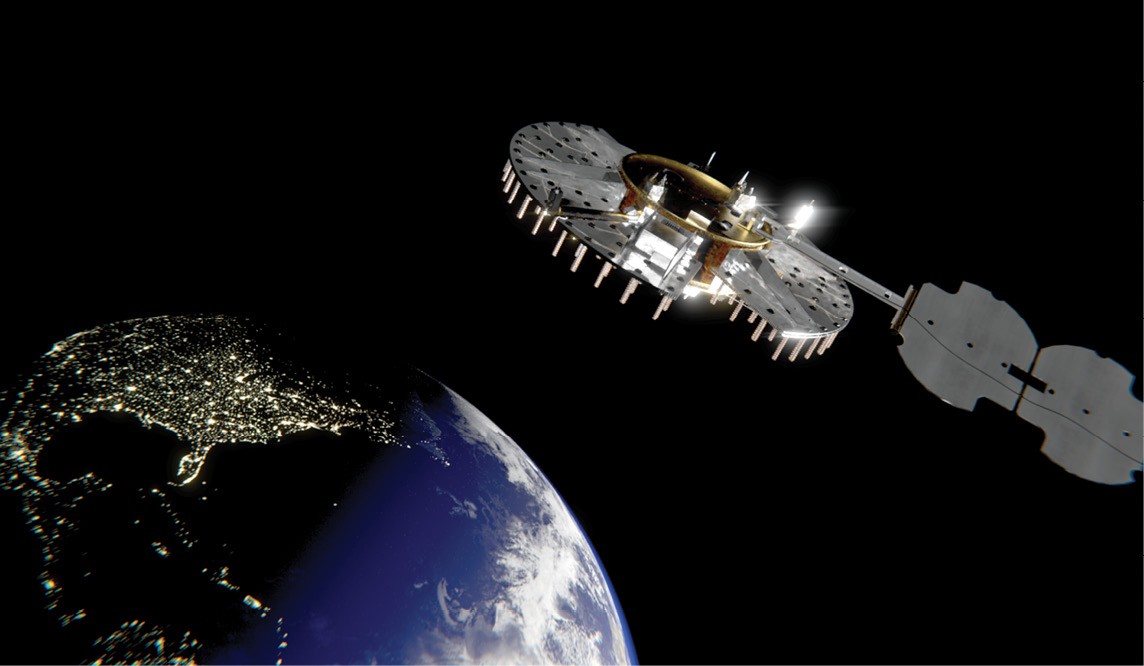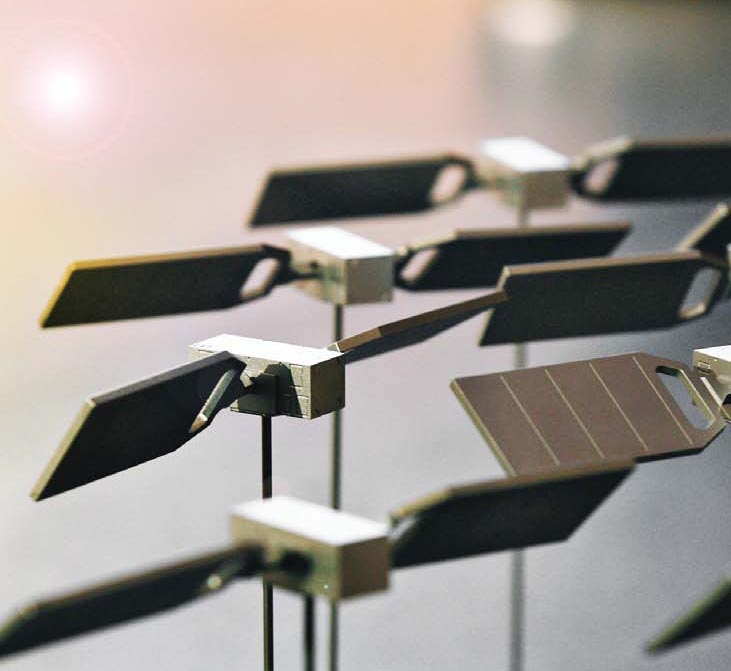Here, in no particular order save vaguely chronological, are the editor’s picks for Top Twelve GNSS and PNT Tech Stories of 2020: those that heralded technical breakthroughs significant for their time, that will continue to roll out wide-reaching developmental advances in 2021 and beyond.
Characterizing GNSS Interference from Low-Earth Orbit. The results of a two-year study of terrestrial GNSS interference as observed through a software-defined GNSS receiver operating since February 2017 on the International Space Station (ISS).
Low-cost GNSS/INS Integration Conquers Harsh Environments. A software-driven navigation engine makes consistent, reliable navigation possible in tunnels, garages and urban canyons.
GNSS Compare: Real-time Algorithms with Raw GNSS Measurement on Android Smartphones. An Android mobile application, GNSS Compare can provide a real-time position using Galileo and GPS dual frequencies. It directly logs data from the real-time algorithms, and the retrieved files are used for analysis.
Accuracy for the Masses. A new methodology targets sub-meter GNSS accuracies in the consumer realm for applications such as augmented reality and visually impaired navigation. Recent Android RTK smartphone services in a real-time environment achieve accuracies below 50 cm. Can these be matched with PPP?
MIMO-GNSS Signal Processing for Precise Indoor Timing. Future telecom, finance and energy sector applications may require time synchronization of tens or hundreds of nanoseconds. A joint time and composite MIMO channel estimation method for indoor receivers can meet these stringent requirements.
Galileo’s High Accuracy Service: Field Experimentation of Data Dissemination Schemes. Galileo will provide a High Accuracy Service (HAS) with positioning performance in the 20-cm range, disseminating Precise Point Positioning (PPP) corrections through the Galileo E6-B signal. Test results of a data encoding and dissemination scheme in different user environments demonstrate a reception time of the corrections in a few seconds in good channel conditions, and less than half a minute with severe channel impairments.
Way, Way Out in Front – Navigation Technology Satellite-3: The Vanguard for Space-Based PNT. This advanced geosynchronous satellite from the Air Force Research Laboratory will mature next-generation technologies across space, ground control, and user equipment segments. NTS-3 will experiment with multiple integrated technologies. {Image shown above, courtesy AFRL.]
Nobody’s Fool: Spoofing Detection in a High-Precision Receiver. An on-board spoofing detection unit collects metrics from the GNSS signal processing chain and provides a real-time indication if the receiver is under spoofing attack. Test results from several spoofing scenarios are based on GNSS hardware simulations, repeaters and software-defined radios.
Under Attack – Receiver Response to Spoofing: Robustness vs. Resilience. Laboratory tests explore how commercially available receivers respond to meaconing and spoofing, with the goal of developing useful test methodologies and metrics to assess receiver robustness and resilience to real-world spoofing threats.
A Pure L5 Mobile Receiver. A new GNSS receiver for mobile consumer products uses only the modernized, wideband signals at L5, with an acquisition engine to acquire the signals directly and a navigation engine employing artificial intelligence techniques to fully exploit all the signals in L5’s 50MHz-wide band.
TRANSIT on Steroids: Doppler-Based GNSS Meets Large LEO Constellations. The advent of large LEO constellations is a game-changer for navigation. A key feature of these constellations is their potential to allow simultaneous measurement of Doppler shifts from a large number of satellites.
Across the Lunar Landscape: Towards a Dedicated Lunar PNT System. The second of a two-part article explains how an initial system using existing Earth-GNSS constellations may be augmented with dedicated lunar orbiting satellites as well as lunar beacon ranging sources. A gradual deployment leads to a full autonomous lunar navigation system.





